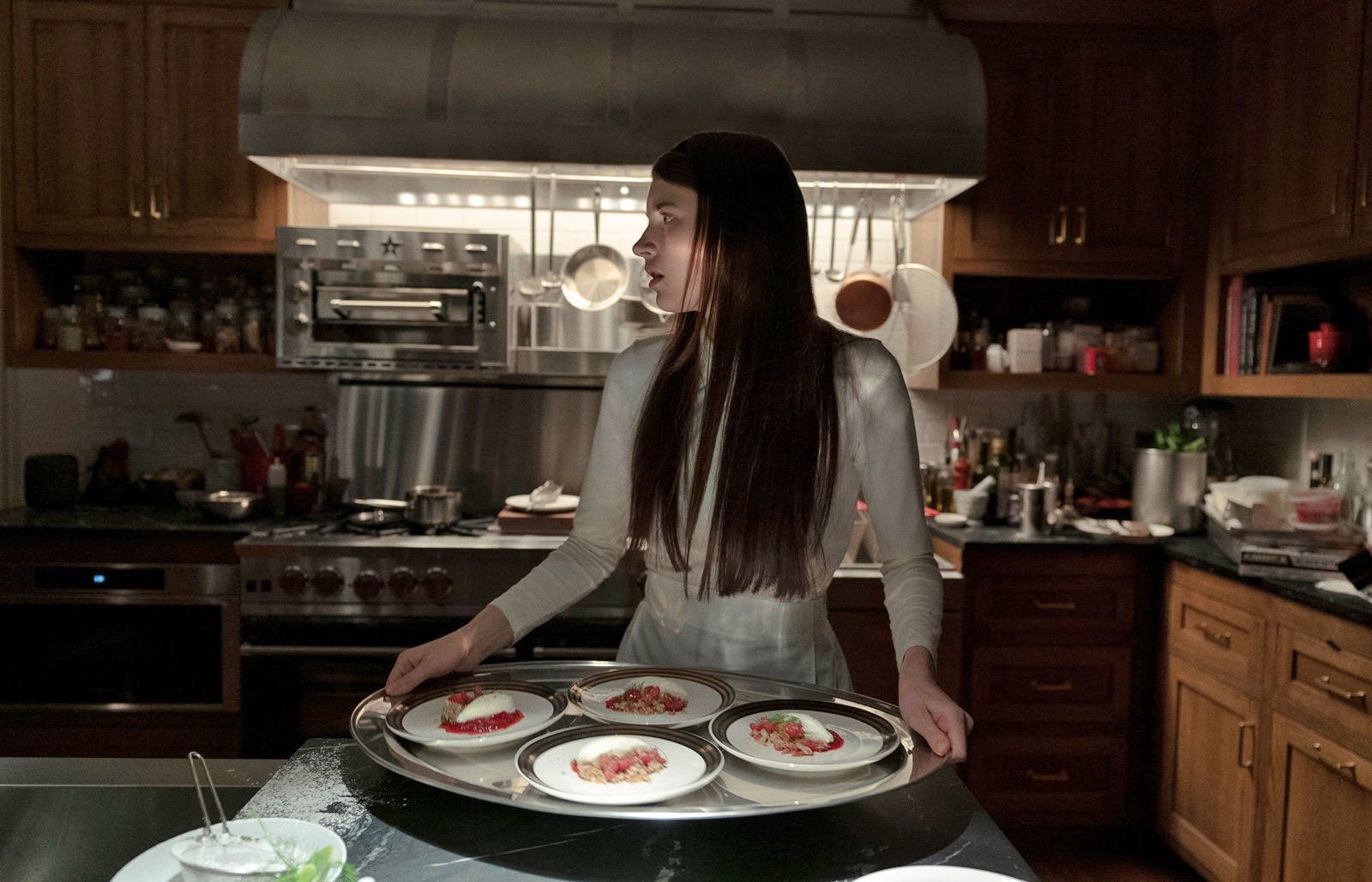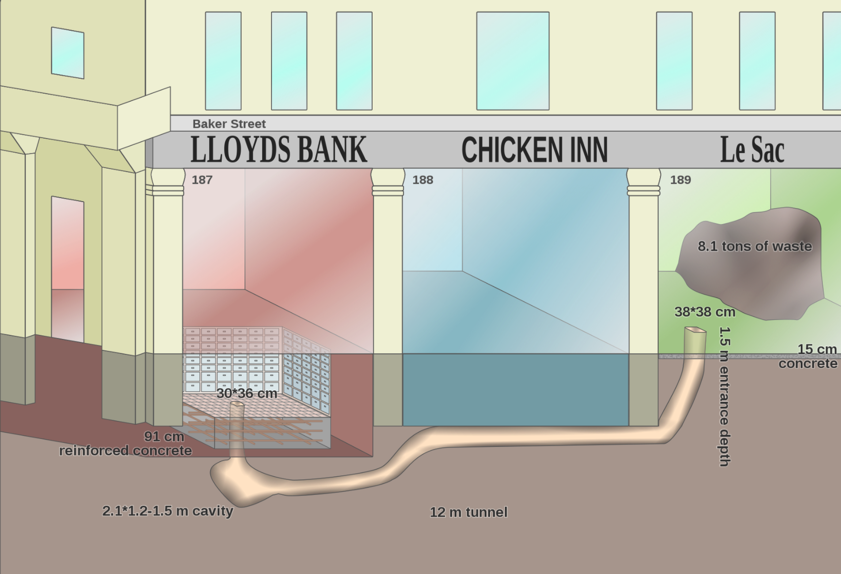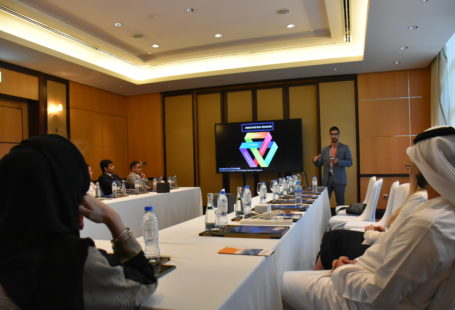The act of educating doesn’t simply occur in classrooms, lecture halls, or over zoom.
Media plays a role in exposing us to different viewpoints, mental models, and how others think. In an earlier blog, I outlined at a high level the themes we were exploring in a previous EdTech project I was involved in, and to continue that exploration I want to focus on the role of media and content consumption in one’s entertainment diet. As we continue to socialize less in person as the pandemic continues, we tend to consume a wide range of content brought to us by the endless number of streaming services, from Netflix, Disney Plus, Hulu, HBO Max… and the list goes on.
Characters: A Look Inside Someone’s Head
Characters in movies and TV have their own personality and thought process that is revealed through their actions and decisions. As I recently heard someone call into NPR say, “while watching a TV show, you start to think like the protagonist…” That struck a chord with me, it’s something I had thought about for a while. The thought that by following characters for seasons of a TV show, we can expect or anticipate what they will do — the more we sync up with their psyche, the more we can think like them. In other words, after being exposed to their actions and reactions, our EQ evolves to detect their range of behavior. This in learning is part of the hidden curriculum of our interactions with classmates/colleagues.
Whether we realize it or not, our consumption of certain TV shows and movies allows us to empathize with others. This is a powerful tool that is often underutilized in media, but when it is employed, it drives a powerful performance because it not only tends to be accompanied by a great performance by the actors, but it also unlocks a new perspective from inside another person’s viewpoint for the audience.
A few recent examples that come to me were while watching Regina King’s ‘One Night in Miami’ or the ABC TV show ‘For Life’. The perspectives and context provided in these shows really created an atmosphere to experience life for a brief moment of what it is / was like for people of color in those moments. I’ll write up some specifics and my own learnings from the movie and the show in a later blog – but to say it was a powerful use of media to educate is an understatement. Even concepts I thought I was familiar with, were given a whole new light in the lively context of the debates going on in the movie and show.
Plots: How Things Work
There is another aspect to TV shows and movies that also educates the audience and that is the plot. The plot exposes us to a scenario we might not have thought of or don’t truly understand. The more detailed the plot points the clearer it is to the audience, some shows and movies bring on an industry expert to nail down the intricacies of the technical aspects.
Growing up in a rural town, one might not be exposed to certain urban settings, but it’s the magic of movies that offer that glimpse into what it’s like in the ‘big city’. I was recently watching The Servant and thriller context aside, there are times where one of the characters talks about his work in molecular gastronomy and he’s educating another character into how he creates certain textures and flavors. A culinary expert that consults on the show is imparting their knowledge and ‘tips’ to us the unsuspecting viewers; when the characters discuss wine and flavors, it might be a viewer’s first exposure to the world of wine-tasting and pairings.

Let’s think of plots in a different way. A popular type of movie is the ‘bank heist’, the formula that goes into a bank heist movie is as it would for a real bank heist, at a high level: identifying the team, scoping the opportunity, resources needed, execution plan, and risk management. But in fact, what was also described are the same elements that go into Project Management. When we watch bank heist movies, we see a glamorized, albeit simplified, version of project management 101.
-Assigning roles/tasks to individual team members.
-Understanding resources available to execute the job.
-Scoping the actual work to be done and breaking it into phases and tasks. (Break-in, stealing, getaway)
-Managing risks and mitigating the downside.

What’s even more fascinating for us as viewers, is the fact that the planning part is actually intriguing and an exciting part of the storytelling. The majority of this ‘excitement’ comes from scoping, planning and tasks done by individual characters (with their own personas). Especially when something doesn’t go as planned (which is also a risk that is often considered when managing a project).
Art imitates life and life slowly starts to imitate art, as art is often the inspiration for how to solve a problem… I don’t mean the bank robbery, but the actual project planning aspect. Whether the viewer knows it or not, they watched a fictionalized course on project management by the original mastermind of the heist.
The Hidden Curriculum of Entertainment
Media educates us in ways we can perceive directly when we knowingly sit to watch an informational video on YouTube or a documentary, but media can also indirectly educate us via the hidden curriculum within the shows and movies we watch. But I have only just begun to scratch the surface; what I have just discussed is the role of non-dynamic entertainment media… the world of interactive media such as video games applies another layer to this learning process and educating users. So I’ll leave it here and save that for my next write up… Experiential Education through Games (Coming soon)

